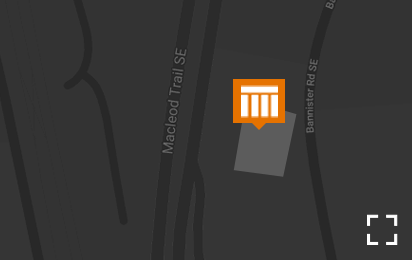Publication
Supreme Court of Canada Refuses to Hear Alberta Insider Trading Case
Supreme Court of Canada Refuses to Hear Alberta Insider Trading Case
By Philippe Lalonde
On March 26, 2015, the Supreme Court of Canada (SCC) denied an application from the Alberta Securities Commission (ASC) for leave to appeal a decision of the Alberta Court of Appeal in Walton v. ASC. The decision of the Alberta Court of Appeal in that case, had caused a bit of a stir in the securities professions when it was released in August, 2014, in that it overturned convictions of insider trading made by an ASC Panel after a lengthy Hearing. The problem is this: proof of the securities offences of “insider trading” and “tipping” usually present special difficulties. An insider of a publicly-traded company who is possessed of non-publicly disclosed material information relevant to the value of that company’s shares and who is minded to either directly trade in that information him or herself (“insider trading”) or share it with an outsider (“tipping”) for the purpose of a gain on that stock is not likely to be imprudent or careless enough to leave behind hard or tangible evidence, whether it be electronic, audio or written. Most commonly, the only “hard” evidence is the evidence of the trade or trades themselves… date, time, numbers, amounts, purchaser or seller. And perhaps the person’s historical trading pattern but the reason for any particular trade, and the information on which that trade is based, if any, are usually only inside the head of the person trading. Any communications made by an insider to a third person are most likely to occur on the greens of a golf course, not in an email left on a server. Accordingly, a trier of fact is often forced back to drawing inferences from the few objective facts that may exist.
In overturning the convictions entered by an ASC Panel against an insider of a company called Eveready Inc., and others, the Alberta Court of Appeal addressed these difficulties at length. The Court was unrelenting in requiring a high standard of proof. The Court began by emphasizing the important distinction of drawing inferences from direct or circumstantial evidence, and mere “speculation and conjecture”. To meet the high standard in these cases of proof “on a balance of probabilities”, inferences must be “based on facts established by the evidence” and must be “reasonable”. Speculation and conjecture are not acceptable. And …”given the serious consequences of a finding of culpability, clear and cogent evidence should be expected before any particular inference is drawn”.
The Court goes on: “Drawing inferences when there is an evidentiary gap, based on an “educated guess”, is speculation”. And….”The Commission was entitled to draw inferences about what the appellants said to each other, but only if there is evidence to support those inferences” ….Phraseology in the reasons such as “it would not have been unreasonable”, “could be” or “might have” cause concern, as they are more indicative of speculation than inferences. The conclusion, “it would not have been unreasonable”, with its double negative, particularly invites speculation, or a reversal of the burden of proof, or both.
On the relevance of “opportunity”, the Court wrote: “proof of opportunity… is of limited value in drawing inferences”…. “Evidence of opportunity, by itself, cannot realistically prove anything more than opportunity. Evidence of multiple meetings and communications during the relevant period does not change that; opportunity is still no more than opportunity”. And on “motive”, the Court said: ”the mere presence of a possible motive proves little”. ”A relationship [between the alleged tippor and tippee] is at most evidence of opportunity, or perhaps motivation, and even then it is weak”.
And on the issue of “credibility”, the Court said: “It is an error for a tribunal to turn disbelief of a particular witness into positive proof of the opposite proposition….The fact that a witness’s evidence is disbelieved on a particular point may have an impact on his overall credibility, but in order to prove the opposite of what he said some positive evidence is needed.”
Summary: The result of the refusal by the SCC to review the decision of the Alberta Court of Appeal in Walton means that the law in Alberta as set out in the decision of the Alberta Court of Appeal stands. The ASC has the onus to prove such cases on the “balance of probabilities”. Despite the inherent difficulties of securing evidence in such cases, there is not to be any softening of the quality or strength of the evidence necessary for the ASC to enter a conviction. Convictions in “insider trading” and “tipping” cases have to be based on, “clear, convincing and cogent evidence”, to use the words of the Court. The door is firmly closed on the use of speculation, conjecture and “leaps in a chain of reasoning”.
For further information please contact the author, Philippe Lalonde at 403.254.3836 or any lawyer in our Securities Litigation Group.

